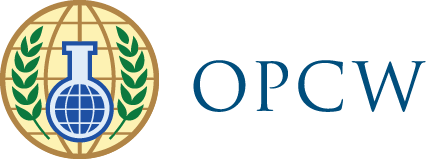In recognition of the importance of providing assistance to victims of chemical weapons, the OPCW has developed this guidebook for medical practitioners who care for the victims of chemical warfare.
Chapter 1
Provides medical practitioners with an appreciation of the history of the development and use of chemical weapons, the types of chemicals which have been used as chemical weapons and a brief summary of the efforts of the international community to prohibit the use of such chemicals.
Chapter 2
Deals with the general considerations in management of chemical casualties, and provides an overview of basic concepts that should be considered by medical personnel involved in the management of a chemical weapon incident.
Chapters 3 to 8
Deal with the medical management of casualties caused by: Vesicants (blister agents); nerve agents; lung-damaging (choking) agents; blood agents; riot control agents (sensory irritants); and toxins (in particular ricin plant toxin and saxitoxin marine toxin), respectively. Issues covered for each class of chemical warfare agents include their mechanism of toxicity, signs and symptoms occurring after an acute exposure, clinical management and treatment. Where applicable, attention is also drawn to the possible occurrence of long term effects caused by exposure to the various classes of chemical warfare agents.
Chapter 9
Provides a summary of the earlier chapters and concluding comments.
Also Included
A number of annexes providing relevant background information on: the Chemical Weapons Convention; the classes of chemical warfare agents which have considered in this guidebook; preliminary information on some of the other toxic chemicals that could also be used as chemical warfare agents; a diagram to assist with the preliminary identification of which classes of chemical warfare agents a casualty may have been exposed to, based on the initial symptoms; and information on the long term consequences of exposure to various chemical warfare agents.
A list of abbreviations and a glossary of terms.
